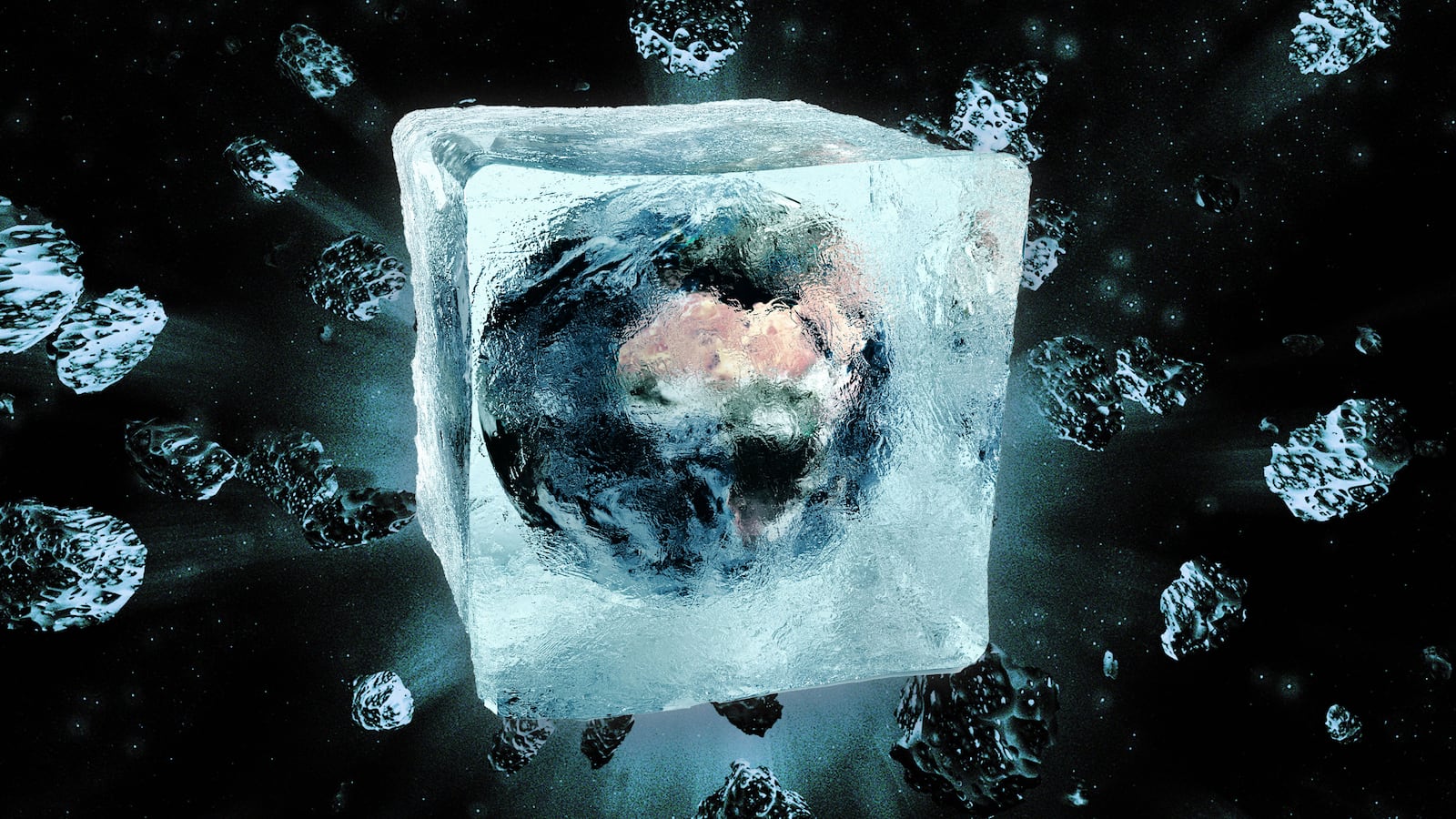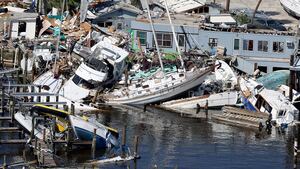As climate change gets worse, we’re only going to see more and more radical ideas for how to prevent the planet from heating up to unbearable temperatures. Geoengineering—the process of using technologies and new innovations to artificially cool the planet—comes in many forms, but one of the most prominent methods that scientists are pondering is to literally obscure the amount of sunlight that hits the planet. The idea is that if we reduce the amount of solar radiation that hits the planet, we may be able to help the planet cool down quite a bit and avoid the most destructive outcomes in store for us with runaway climate change.
Apart from sounding like the literal plot to an episode of The Simpsons, solar radiation management (SRM) seems wildly impractical in most current proposals. Most plans involve either injecting clouds or dust into the atmosphere to increase reflection of sunlight back into space; or reducing the amount of incoming radiation from the sun via solar shades made of a light reflective material like graphene. That would effectively mean building a giant shield in Earth’s orbit and having it sit out there like a floating beach umbrella, blocking out enough sunlight so the planet can cool down just a tad.
There are many obstacles with deploying and maintaining a solar shield in space, but one of the biggest is simply mass. Solar radiation can induce a small amount of pressure on an object, so over time, a solar shield will be pushed away slowly and may eventually be blown out of its orbit entirely. It needs to be heavy enough that it can withstand such pressure, but this also means building something that is entirely too difficult to launch into space or too massive to build easily in orbit itself.
The solution, according to one new study published in the journal PNAS Monday, is asteroids. (Yes, things will only get weirder from here, so buckle up.)
In space, gravitational forces between two objects are often in opposition to each other, which means smaller objects caught in the middle are pushed around in certain directions. But there are a few points where that gravity comes to a balance—and objects at these points are basically in a stable place. When it comes to the sun and Earth, these points are known as Lagrange points. There are five of them, and the one known as L1 sits between the sun and Earth.

A diagram of the Earth-sun Lagrange points.
NASAWhy is this important to know? Well, L1 is the most ideal spot for a solar shield, since it would effectively help block out some solar radiation on a permanent basis. In his new paper, István Szapudi, an astronomer at the University of Hawai’i, makes an argument that we should build a solar shield that is able to reduce the amount of solar radiation hitting the Earth by about 1.7 percent. And the key to preventing the sun’s rays from pushing the shield out of L1 and back toward Earth (or elsewhere) is to tether it to an asteroid that is closer to the sun—such that the gravitational pull of the asteroid toward the sun acts as a counterweight to the solar pressure that is pushing the solar shield toward Earth.
The total weight of the shield structure, in Szapudi’s view, should come out to about 3.5 million tons—only 1 percent of which would be the shield itself placed closer to Earth, and the rest being an asteroid or set of asteroids that is placed closer to the sun.
Does this sound insane? Well, it should! This is a cartoonish solution to a problem that already has a clear answer (i.e. reducing greenhouse gas emissions). To be fair, Szapudi is pretty clear-eyed about the logistical and financial constraints that prevent us from rolling out such a solution to climate change. And that’s ignoring the larger unknown consequences that loom behind geoengineering proposals.
But Szapudi’s paper is a reminder that geoengineering isn’t going away—and in fact, is being more and more seriously considered by policy makers and experts alike as perhaps our best hope for fighting climate change. The world’s governments have yet to really pull the trigger on plans to severely reduce greenhouse gas emissions. In the face of this inaction, experts have little choice but to start more open discussion around something as wild as a solar shield.





